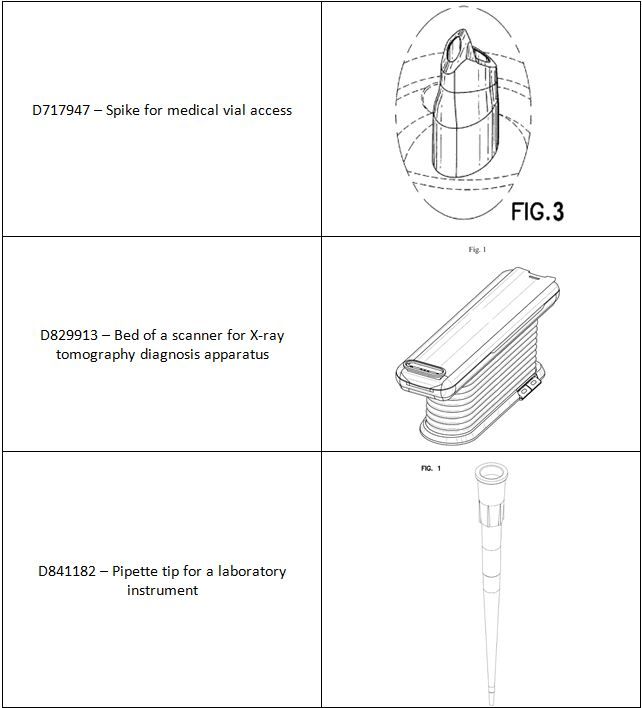When you are developing an idea for a new product, a design patent search hong kong https://www.accoladeip.com/us/en/trademark-search/ may be an important form of intellectual property protection. Unlike utility patents, which focus on inventions that solve a practical problem, a design patent protects the way a manufactured product looks.
To be patented, a design must look alike to the ordinary observer. In other words, the design must be “repeatable.” This is a critical consideration in Samsung Elecs. Co. v. Apple, Inc., where the Supreme Court was asked to interpret Section 289 of the Patent Act when calculating damages for patent infringement.
Design Patents Are a Form of Intellectual Property Protection
Design patents are a form of intellectual property protection that grants legal rights to the ornamental design of a manufactured article. Often, they cover products like jewelry, furniture and beverage containers (Fig. 1).
A design patent should not be confused with a utility patent, which safeguards an item’s unique way of operating or functioning. Despite their similarities, they have different lifespans and differ in several important ways, including maintenance fees and the amount of time it takes to file for them.
Design patents are designed to prevent the unauthorized use of an inventor’s creative work, so they can be particularly useful in situations where a product is prone to being copied or duplicated. For example, many companies that sell products overseas use design patents to protect the visual appearance of their goods from being “inspired” by counterfeit or similar products made by others.
They Protect the Way a Manufactured Product Looks
A design patent search hong kong is a type of intellectual property protection that protects the way a manufactured product looks. This is different from a utility patent which protects the way a manufactured product functions or operates.
A design can be an important aspect of a business because it can give it a unique identity and make it stand out from its competitors. It can be a key element in attracting new customers, increasing sales, and building brand recognition.
This is why it’s important to protect your business’s design. It can help you avoid legal pitfalls and ensure that no one else is using your unique design in the market.
For a design patent to be issued, the application must contain drawings that show the invention. These drawings must be of sufficient detail to allow an ordinary observer to determine the invention’s appearance.
They Last for 15 Years Compared to 20 Years for Utility Patents
The lifespan of a design patent is 15 years from the date of grant. This is shorter than that of a utility patent, which lasts for 20 years from the date of filing.
However, the lifespan of a design patent can be extended by a number of factors, including patent term adjustments and maintenance fees. In addition, a design patent may be renewed before it expires by paying a surcharge and paying a maintenance fee at three, seven, and 11 1/2 years after the patent’s issuance.
While design patents are easier to obtain and more affordable than utility patents, it is still important for inventors to pursue both types of patent protection where appropriate. Moreover, design patents have proven to be far more effective in proving infringement and withstanding invalidity attacks in court than utility patents.
They Are Often Successfully Defended in Court
Design patents often help to protect the way a product looks and are usually a better option than utility patents when that is all that is needed. They are also used to protect the original design blueprint or method for making an item.
However, design patents can sometimes be difficult to defend in court. That is why it’s important to work with an experienced lawyer who knows how to defend them.
To determine if a product infringes a design patent, courts use the “ordinary observer test.” The standard was developed by the Supreme Court in 1872. It involves looking at the patented design and the infringing product to determine whether they would look like something an ordinary observer could purchase.
The Supreme Court has found that a design must not be offensive to a person of ordinary intelligence. It must also be new, unique and ornamental.
Here’s more on Accoladeip, take a look at our own internet site.





